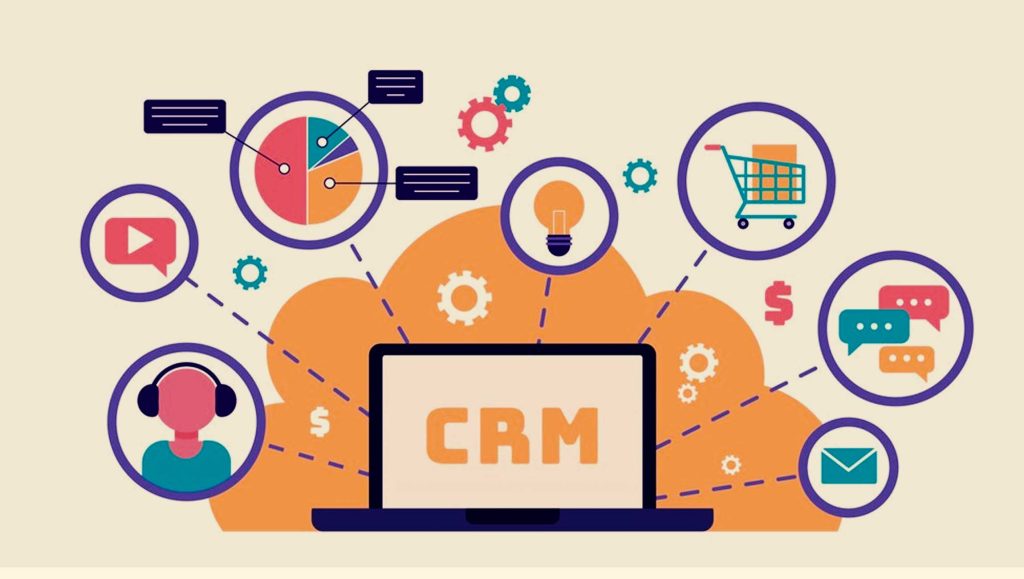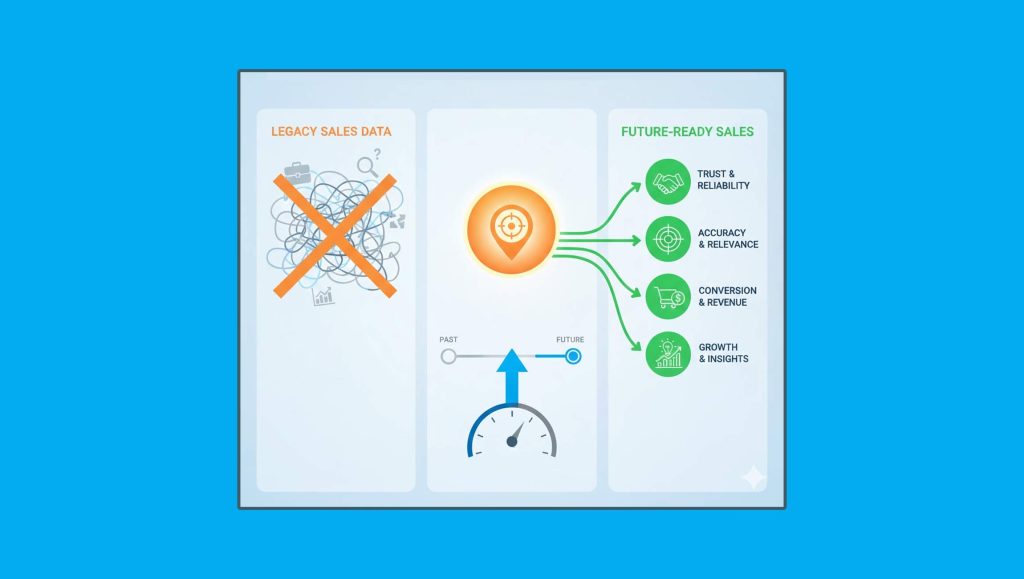CRM, short for Customer Relationship Management, is a cornerstone in today’s businesses. CRM tools are more than just software; it involves combining the tech and new strategies to better manage interactions with potential and existing customers. As markets evolve, understanding CRM adoption patterns and trends becomes vital.
This information not only keeps businesses competitive but also enhances the overall customer engagement aspect. Let’s have a look at some of the important CRM adoption patterns and trends in recent years.
Historical Overview of CRM Adoption
In their early days, CRMs were mere digital address books. But the 90s changed everything. CRMs began to encompass sales, service, and marketing functions. The 2000s ushered in the era of cloud CRMs, making them more accessible and scalable.
Salesforce was a notable game-changer. Fast forward to the last decade, and we see AI’s integration, pushing CRMs to predict, analyze, and automate. These evolutions, from simple contact management to intelligent, integrated systems, underscore the dynamic nature of CRM. It’s a testament to how businesses have continuously adapted to serve customers better.
Recent Studies on CRM Adoption
Methodology of the Studies
Recent studies on CRM adoption have utilized diverse methodologies. They’ve incorporated surveys to gather user sentiments, in-depth interviews for qualitative insights, and rigorous data analysis to determine adoption rates and user satisfaction.
Key Findings
Let’s have a look at the key findings revealed by recent studies on CRM adoption:
- CRM software has become the largest software market globally, with projections indicating it will surpass $80 billion in revenues by 2025 (source).
- A significant driver behind CRM’s growth is its accessibility, with businesses demanding real-time customer data. Mobile and cloud solutions are at the forefront of this trend.
- In 2020, there was a notable rise in CRM software usage on mobile devices, facilitated by the surge in cloud-based CRM solutions.
- Remarkably, 91% of companies with over 11 employees have adopted CRM software.
- Overall CRM usage jumped from 56% to 74% in 2022.
Current CRM Adoption Patterns
By Industry
The widespread adoption indicates that sectors with a strong focus on customer interactions, such as tech, finance, and retail, are leading in CRM adoption.
By Business Size
Larger businesses show a higher propensity to adopt CRM. A staggering 91% of businesses with more than 11 employees use CRM, in contrast to only 50% of businesses with 10 employees or fewer (Source).
By Region
Based on the latest data, the CRM adoption rates for various regions in 2023 are as follows (Source):
- America: CRM adoption rate stands at 83.6%.
- Europe: The adoption rate for CRM is slightly higher at 85.7%.
- Asia Pacific: This region has a CRM adoption rate of 75.9%.
These statistics highlight the widespread acceptance and integration of CRM systems across major global regions, with Europe leading slightly ahead of America, and the Asia Pacific region not far behind. The data underscores the global importance of CRM systems in modern business operations.
Read More: SalesTechStar Interview with Dorian Ciavarella, Founder and CEO at Zeliq
Latest Trends in CRM Adoption
Emerging technologies are reshaping CRM dynamics. From AI to enhanced user experiences, the CRM landscape is evolving rapidly, reflecting modern business needs and customer expectations.
1. Technological Trends
AI and machine learning are revolutionizing CRM, enabling predictive analytics and smarter customer interactions. Cloud computing ensures accessibility, making CRM systems available anytime, anywhere.
2. User Experience (UX) and Customization Trends
The modern user demands intuitive UX. Tailored CRM experiences, aligned with individual business needs, are becoming the norm, driving higher adoption rates.
3. Integration and Ecosystem Trends
Integration is key. Businesses are merging CRM with other tools, creating cohesive ecosystems that enhance workflow efficiency and data consistency.
4. Mobile Accessibility Trends
The rise of mobile workforces has emphasized the need for CRM systems to be mobile-friendly. Seamless mobile CRM interfaces are now essential for on-the-go business operations.
Projected Growth and Future of CRM
The CRM market is poised for significant expansion. With anticipated innovations and growing global reliance, its trajectory suggests a transformative future, both in size and capabilities.
1. Market Size and Growth Projections
The CRM market is booming. Predictions suggest it could surpass $80 billion by 2025, reflecting its indispensable role in business.
2. Potential Challenges and Opportunities
Challenges like data security concerns might slow adoption. However, the push for digital transformation presents vast opportunities for CRM expansion.
3. Future Innovations and Developments
The horizon promises innovations like augmented reality in CRM and deeper AI integration. Such advancements will undoubtedly reshape CRM adoption landscapes, making them more dynamic and user-centric.
4. Emphasis on Data Security
As CRM systems store critical business data, the focus on enhancing data security and privacy measures will intensify, ensuring trust and compliance in the digital age.
Conclusion
CRM’s evolution, from its historical roots to future projections, is undeniable. Technological advancements, user demands, and integration trends shape its trajectory. For businesses, understanding these CRM adoption patterns isn’t just beneficial—it’s essential. Staying updated ensures competitiveness, allowing firms to harness CRM’s full potential and meet the ever-evolving demands of the modern marketplace.
Read More: LinkedIn Sales Navigator: A Few Top Tips for Sales Reps





















